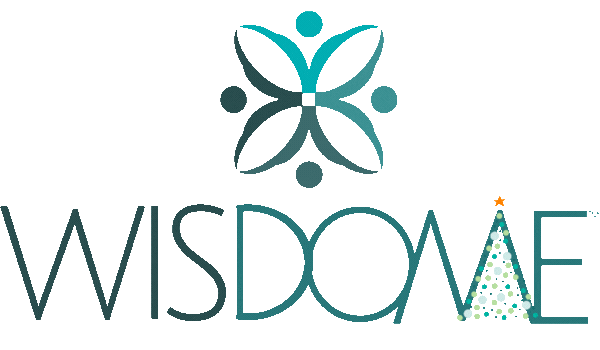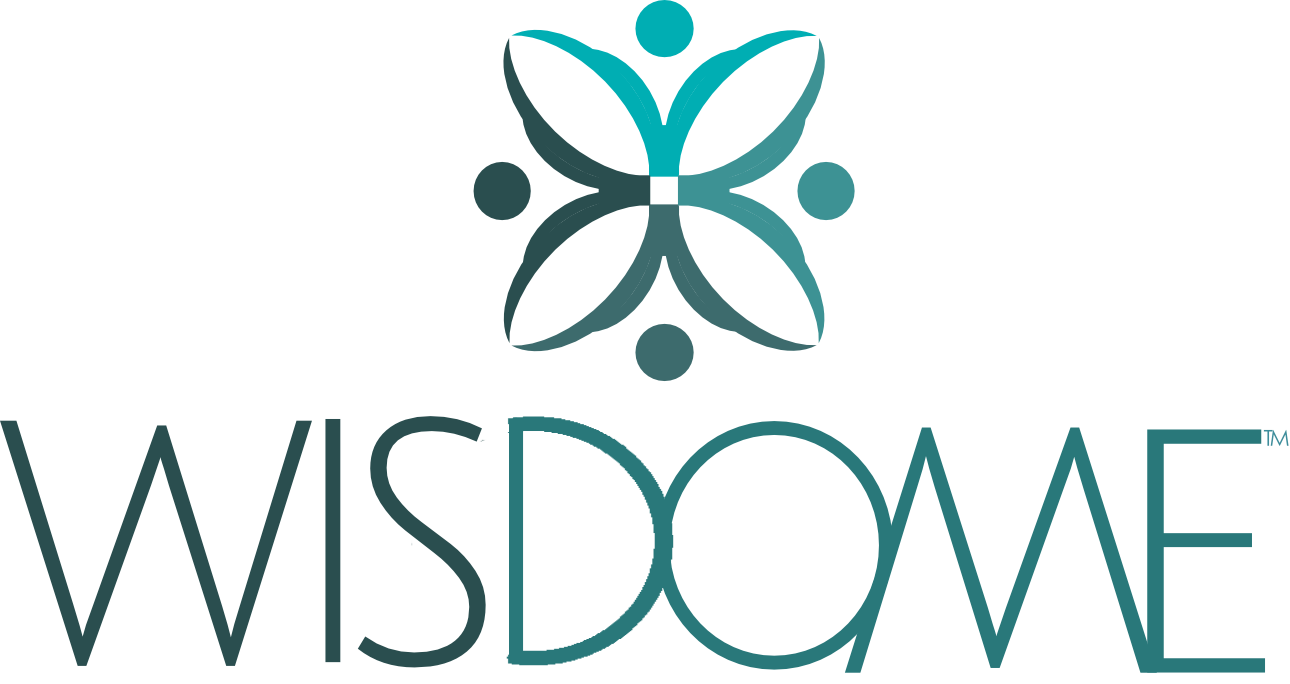Do you want to create a successful course, coaching program, or membership business?
What do you do when that nagging self-doubt begins to flood your thoughts with uncertainty?
Like many course creators and online coaches, you’ve probably felt the heavy weight of doubt holding you back. You might ask,
- “What if I fail?”
- “What if no one finds my content valuable?”
- “How do I even begin?”
These thoughts can be overwhelming, but there is a way through this haze. Strategic planning offers the clarity you need to focus on the right actions and confidently move forward.
In this article, we’ll explore essential planning process tips to help you turn your passion into a thriving course, coaching program, or membership business.
Let’s dive in!
Tip #1: Understand Your Goals Through Strategic Planning
The Importance of Goal-Setting in Strategic Planning
Goal-setting plays an important role in effective strategic planning. Without understanding what you want to achieve, it is easy to get lost in a maze of tasks.
Imagine the frustration of pouring your energy into countless activities only to realise they aren’t leading to meaningful progress.
Take the time to clarify your strategic objectives so you can monitor your progress. For instance, if you want to grow your membership business, tracking subscriber growth month-on-month can provide valuable insights. This data, along with member feedback, allows you to adapt your strategies based on their needs.
Break Big Goals into Bite-Sized Tasks
Plan your tasks into smaller, manageable steps instead of overwhelming yourself with one huge goal. Let’s say you’re planning to launch a course in three months; you can list all the things you need to get done, such as:
- Creating an outline
- Writing down different modules and lessons
- Planning out activities you need for marketing
Tackling each step one at a time makes the whole planning process easier to manage and keeps you motivated as you progress.
Set Measurable Goals
When setting goals, be clear about what you want and how to measure success.
Instead of saying, “I want to book more students this month,” try something like, “I want to increase sign-ups by 20% over the next six months by focusing on targeted marketing.” This way, you know what you want and can keep track of your progress as you go.
Tip #2: Identify Market Gaps and Opportunities
Understanding Your Audience Through Strategic Planning
Whether you’re a course creator, an online coach, or a membership business owner, your success depends on your ability to understand the needs of your audience.
The people you’re trying to reach have real problems, and if you can tap into these challenges, they will gravitate towards your work and solutions.
However, winging it just won’t cut it. You need more than just surface-level knowledge of your niche. This is where market research becomes essential. Without it, you risk blending into the noise, offering the same generic solutions that everyone else is churning out.
Success as a content creator directly depends on your ability to provide the right solutions to your audience, which requires strategic management.
Here’s how to begin identifying those critical market gaps:
Two Essential Steps for Identifying Market Gaps
1. SWOT Analysis
Understand your niche’s landscape by conducting a SWOT analysis (Strengths, Weaknesses, Opportunities, Threats). Let’s break it down further:
- Strengths: What do you excel at? Perhaps you have a unique ability to connect with your audience, or you’ve mastered a teaching method that makes complex concepts easy to understand.
- Weaknesses: Where are you falling short? Are you struggling to keep learners engaged post-purchase? Identifying low engagement allows you to focus on improving post-sale support.
- Opportunities: What trends are emerging in your space? Perhaps there’s a shift you can capitalise on or an underserved group you can help.
- Threats: Is there a new competitor or a market change that could affect your success?
Note: Performing regular SWOT analyses keeps your strategic planning process sharp and responsive.
2. Competitor Analysis: Know Your Place and Own It
Competitor analysis enables you to discover how you can be different and better. This is an effective way to scan the field and figure out where there’s room to shine.
Takeaway
Competitor analysis helps you fine-tune your approach, find your unique selling point (USP), and own your space.
Tip #3: Develop a Strategic Content Strategy
Your audience gravitates towards your business because of the quality of your programs. However, diving into content creation without a strategy is bound to result in confusion and missed opportunities.
Create a Content Calendar
A well-structured content calendar is your roadmap to crafting content your audience will love. Additionally, you’ll ensure a steady stream of valuable material by planning ahead.
Your content calendar will also ensure that you can:
- Align your content with important dates
- Plan out event promotions
- Send updates on product launches
Organise Your Topics
Decide what topics to cover in your course, coaching, or membership, and add them to your calendar. Through strategic planning, you’ll always have fresh ideas to keep your audience engaged.
Choose Your Content Formats
Decide how you’ll present your content to your audience. Here are a few formats you can try:
- Videos
- PDFs
- Quizzes
- Live events
- Audio recordings
These formats engage your audience differently, so mixing them up will keep things fresh and exciting for everyone.

Are you ready to launch your online course, coaching program, or membership business in 2025?
Join our Plan Your Path for 2025—Get It Done Session! We’ll help you create a content plan and sales strategy to grow your knowledge business.
Step into 2025 with clarity, confidence, and a solid roadmap to success.
Register Now!
Tip #4: Use a Content Management System that Supports Your Business Goals
The right content management system (CMS) will help turn your vision into reality. It’s your partner in delivering content, whether you’re running an online course, a coaching program, or a membership site.
What to Look for in a CMS
- Courses: Choose a platform that allows you to build and structure your courses.
- Online Library: A content library should allow you to provide a wide range of resources, including videos, audio files, and PDFs.
- Community Building: The right CMS enables you to create spaces where your audience can share ideas and support one another.
Wisdome is a content management system designed to support and assist your knowledge business. You can create a community, deliver courses, offer coaching programs, host events, and run challenge courses.
If you’re looking to sell courses, coaching, or memberships, check out our FREE 14-day trial here: wisdome.com.au.
Conclusion
Strategic planning is crucial for building a thriving course, coaching program, or membership business. Transform your knowledge into valuable content by prioritising the following areas:
- Setting clear strategic objectives
- Identifying market gaps
- Conducting competitor analysis
- Developing solid content strategies
You might feel like building your course, coaching program, or membership business is a lot to handle. But you’re here, ready to take the next step. That’s all it takes to build something incredible. It’s time to turn your knowledge into something valuable.
Keep your focus on setting clear goals, understanding your market, and developing solid strategies, and the rest will follow.
You’ve got this.








